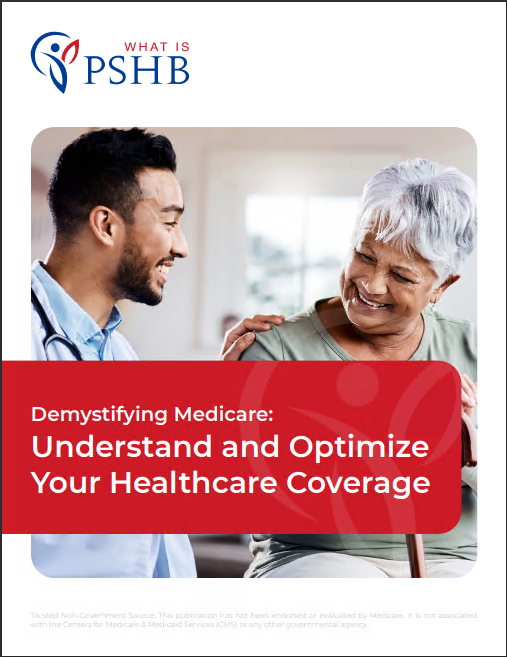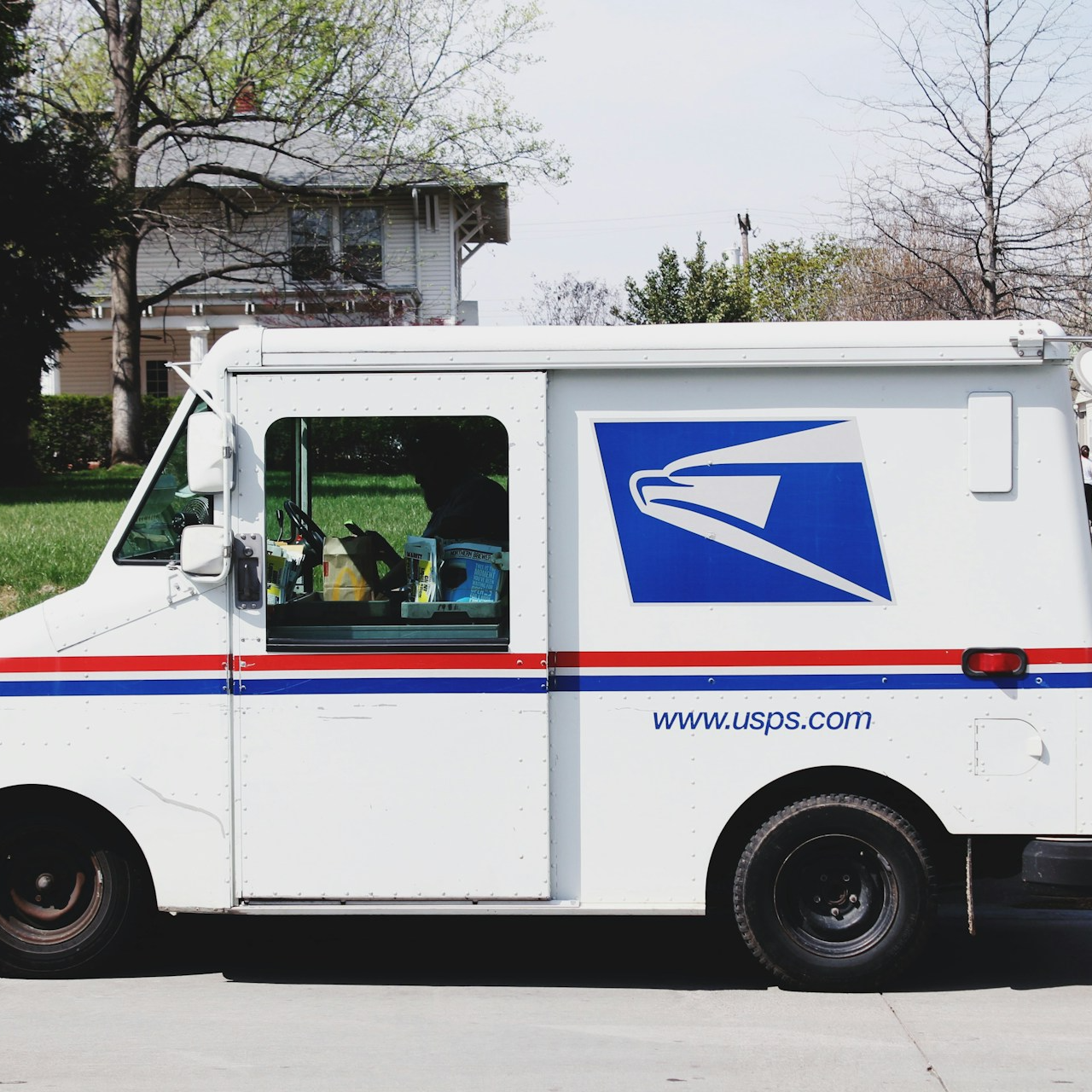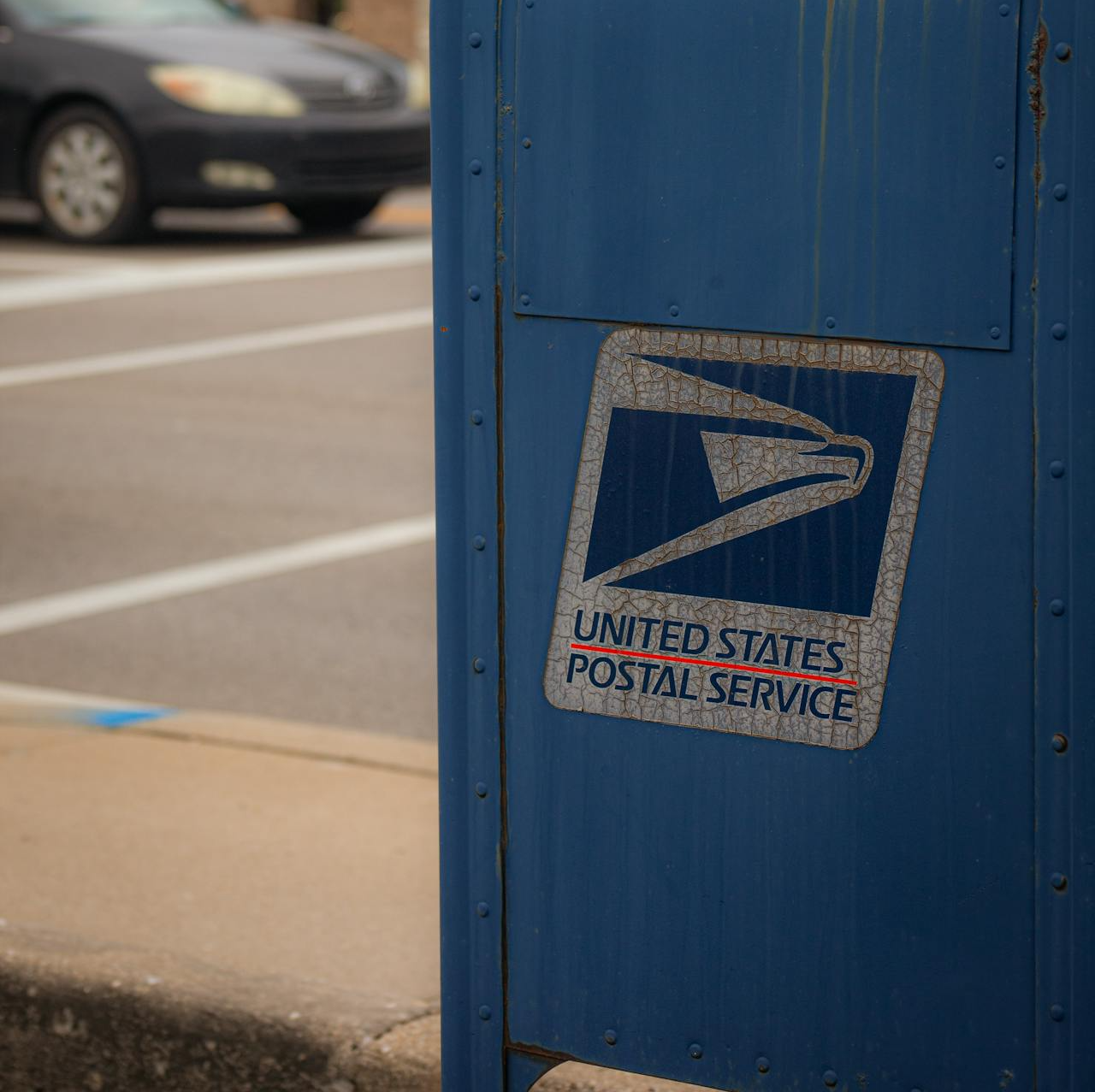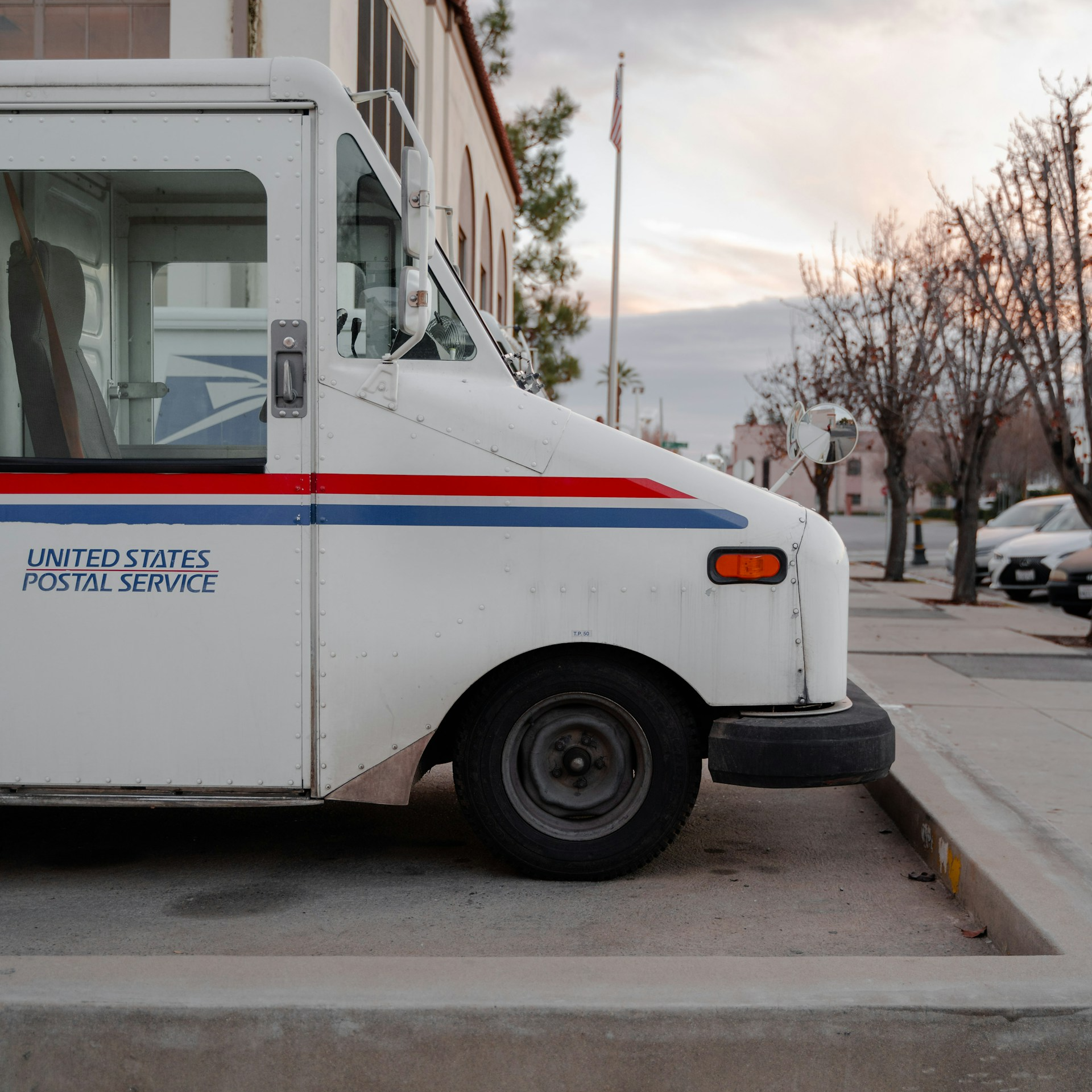Key Takeaways:
- The Postal Service Health Benefits (PSHB) program launches in 2025, replacing FEHB for USPS employees, annuitants, and eligible family members.
- This Open Season, running from November 11 to December 9, 2024, is your chance to understand your options and make changes as needed.
What’s Changing for Postal Workers?
Starting in 2025, health coverage for postal employees, retirees, and their families is set to transition from the Federal Employees Health Benefits (FEHB) program to the newly created Postal Service Health Benefits (PSHB) program. This major shift means that Open Season for 2024—running from November 11 to December 9—will be the first time USPS employees and annuitants make their PSHB selections.
Under this new system, certain Medicare-eligible retirees and family members will also face requirements related to Medicare enrollment. Here, I’ll guide you through what these changes mean and help you make the most of your 2024 Open Season decisions.
Getting to Know PSHB: The Basics
The PSHB program was designed specifically with postal employees in mind. Its goal is to streamline health coverage options and to better align with the unique needs of USPS workers. However, if you’re used to FEHB, switching to PSHB brings a few notable differences.
A Fresh Program for USPS Employees
PSHB is not just a tweak on the FEHB program—it’s a dedicated health coverage system that’s managed independently. This change creates a system that can cater more closely to postal workers, offering various plan types and coverage options. Though similar to FEHB, PSHB’s options are specifically designed to match the healthcare needs of postal employees, retirees, and their families.
Medicare Enrollment Changes for Retirees
One of the biggest changes impacting PSHB is the new Medicare Part B enrollment requirement for Medicare-eligible USPS annuitants and their family members. If you’re already enrolled in Medicare Part B, you’re all set, but if you’re not yet enrolled, and you’re eligible, this may be something to consider before Open Season.
Exceptions apply to those who retired before January 1, 2025, and are not currently enrolled in Part B. So, if you fall into this category, the new Part B requirements might not apply to you, but it’s still worth checking to confirm where you stand.
Automatic Enrollment: What Does It Mean?
PSHB has simplified part of the transition by enrolling most current FEHB enrollees automatically into a PSHB plan. This means you don’t have to take action just to maintain coverage, but you’ll want to use this opportunity to review the options available under PSHB and make any changes during Open Season if you need to.
Why You Might Want to Review Your PSHB Plan Options
Automatic enrollment doesn’t mean you’re stuck with a plan that might not fit your healthcare needs or budget. Even if you’re satisfied with your current plan under FEHB, it’s still a good idea to examine the options available under PSHB this Open Season. You’ll find a variety of plan levels and coverage options, so taking the time to review them can help you make sure you’re set up with the best coverage for 2025.
Navigating Open Season: What to Know
With PSHB launching in 2025, Open Season (from November 11 to December 9, 2024) becomes an important opportunity to review and make adjustments. Here’s a step-by-step on how to get the most out of Open Season this year.
Step 1: Review Available Plans
Start by looking at the PSHB plans available for 2025. Each plan will have its own structure, and you’ll likely see options similar to the familiar FEHB plan types, such as PPOs, HMOs, and high-deductible plans. As always, there will be a variety of coverage tiers, which means you’ll want to weigh your anticipated healthcare needs and financial budget.
Step 2: Consider Medicare Requirements
If you’re Medicare-eligible or will be in 2025, keep the new Medicare Part B requirements in mind. Having Medicare Part B coverage, in addition to PSHB, might impact your overall out-of-pocket costs, especially as you navigate healthcare in retirement.
Step 3: Make Sure You’re Covered for Family Members
If you’re enrolling family members, be sure they meet the eligibility requirements for PSHB. For example, family members who are Medicare-eligible will also need to enroll in Part B to remain covered under PSHB.
Step 4: Confirm Your Choices
During Open Season, you can make changes as you explore options, but it’s best to finalize your selection early. Once Open Season closes on December 9, 2024, any updates you made will go into effect starting January 1, 2025. If you don’t make a selection during Open Season, you’ll stay enrolled in the default PSHB plan assigned to you, so don’t forget to confirm your choices.
Balancing PSHB with Medicare
For Medicare-eligible annuitants, balancing PSHB with Medicare will require understanding how the two systems interact. With Medicare Part B required for certain beneficiaries, this means that once you hit age 65 (or qualify due to disability), you’ll want to assess how Medicare and PSHB can work together to reduce costs and provide comprehensive coverage.
How Medicare Part B Complements PSHB
Medicare Part B covers a wide range of outpatient services, including doctor visits and preventive care. By having both PSHB and Medicare Part B, you’ll likely have most of your medical needs covered without major out-of-pocket expenses, as Medicare Part B will be the primary payer, with PSHB serving as secondary coverage.
Exceptions for Retirees Before 2025
If you retired before January 1, 2025, and didn’t enroll in Medicare Part B, you may be eligible to continue PSHB coverage without the Part B requirement. This is a valuable exception if you prefer to keep your current setup, so be sure to review your status if you fall into this group.
Exploring Coverage Levels and Costs
Just like with FEHB, PSHB offers a variety of coverage levels and plans tailored to different needs and budgets. Whether you’re looking for extensive coverage or prefer to keep premiums low, you’ll find options to fit your needs.
High-Deductible Plans and Health Savings Accounts (HSAs)
For postal employees interested in a high-deductible option, PSHB includes plans that allow you to pair with a Health Savings Account (HSA). These plans can be useful if you’re relatively healthy and want a lower premium but are prepared to cover higher out-of-pocket costs in exchange for potential HSA tax benefits.
PPOs and HMOs
If you prefer to stick with a more traditional plan, PSHB offers familiar options like PPOs (Preferred Provider Organizations) and HMOs (Health Maintenance Organizations). PPOs offer flexibility with in- and out-of-network options, while HMOs may provide lower out-of-pocket costs but usually limit your care to in-network providers.
What About Retiree Health Coverage?
Retirees should take special care to review PSHB plans that support their lifestyle and anticipated health needs. PSHB is designed to ensure continuity of care, so as you transition from active employment to retirement, you should still have access to a range of benefits.
Coordinating PSHB with Other Benefits
In retirement, you’ll want to consider how PSHB coordinates with other benefits you might be receiving, such as Social Security or TSP distributions, especially if you’re balancing a fixed income. Taking a strategic approach to your health coverage can make a big difference in maintaining a comfortable, financially sustainable retirement.
Wrapping It Up: Taking Control of Your 2025 Health Coverage
The shift to the PSHB program in 2025 marks a major change for postal employees, retirees, and their families. Although automatic enrollment simplifies the process, this is an ideal time to review your coverage, understand Medicare requirements, and explore the options that PSHB offers. With Open Season running from November 11 to December 9, now is the perfect moment to ensure your health coverage is the right fit for 2025 and beyond.










